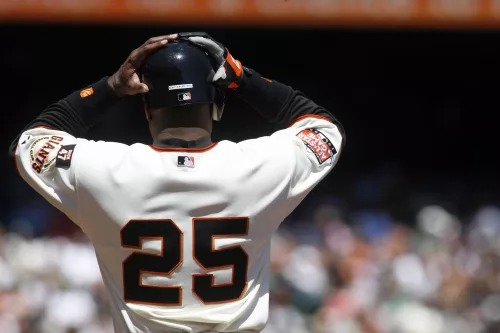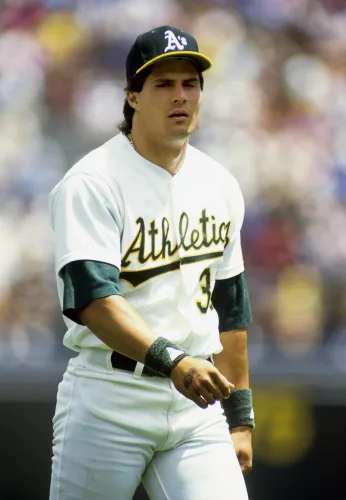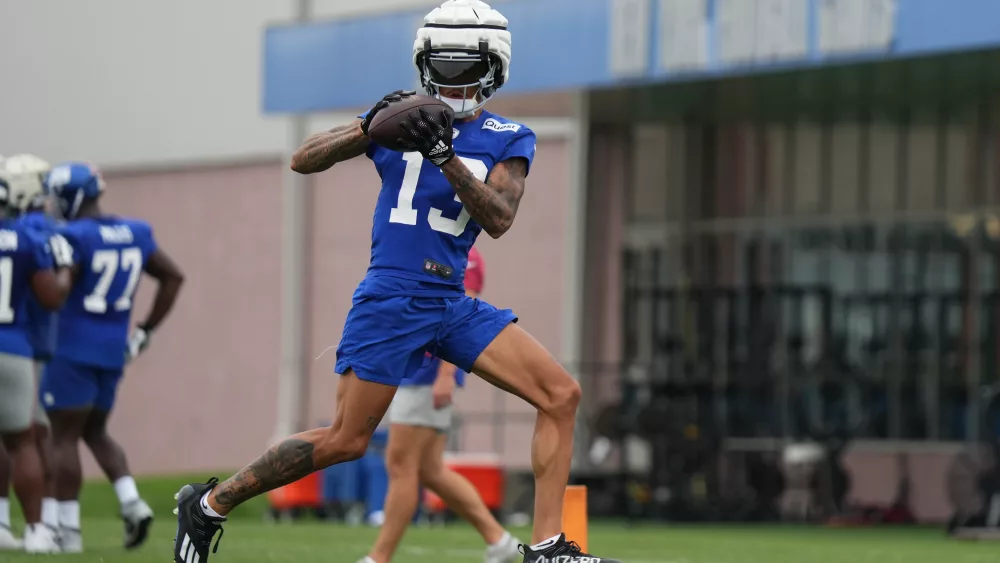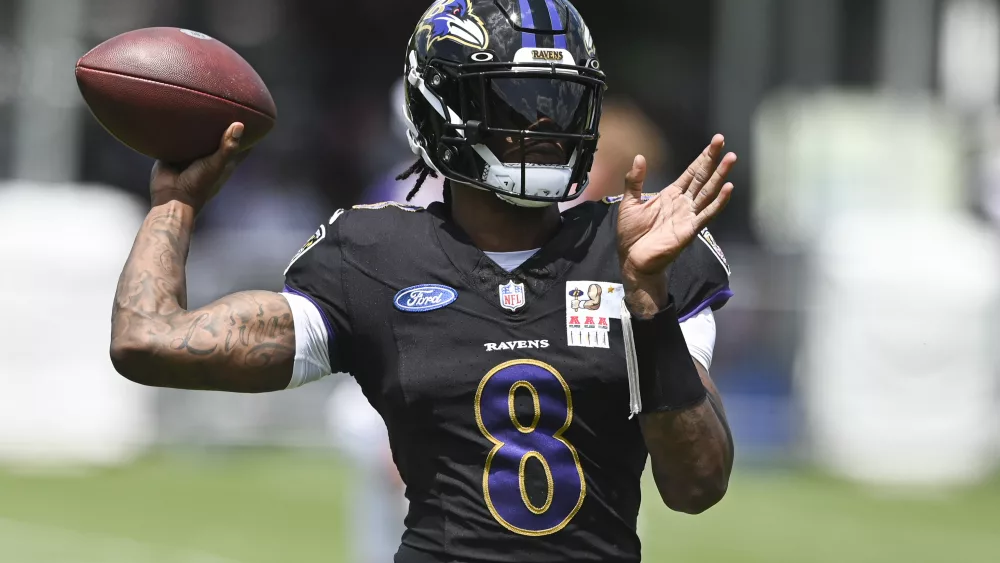
Jun 2, 2016; Detroit, MI, USA; New York Yankees designated hitter Alex Rodriguez (13) walks back to the dugout after striking out in the fifth inning against the Detroit Tigers at Comerica Park. Mandatory Credit: Rick Osentoski-USA TODAY Sports
MLB: New York Yankees at Detroit Tigers
(New York, NY) – Baseball writers take themselves very seriously. And yet, the Baseball Hall of Fame selection process – voted on by those writers – has become a joke.
Somewhere over the past 30 years, the word “steroids” has taken on an almost mythical level for MLB. Despite the fact steroids are used in athletics and medicine every single day, baseball came to bear the brunt of drug use, and a conceptualized version of “cheating.” For example: Barry Bonds, Roger Clemens, and Alex Rodriguez have been deemed “unworthy” of entrance to the Hall of Fame in Cooperstown, New York. That’s despite the fact all three are among the best baseball players to ever grace an MLB roster.

Bonds: the all-time HR leader with 762 long balls, the all-time leader in walks, most-ever MVP awards (7) including three consecutively (2001-2004). Clemens: winner of seven Cy Young awards, the most ever. Rodriguez: 696 HR, 10-time Silver Slugger, 3x MVP, 2x Gold Glove.And yet the writers refuse to vote these men into the hall. Because of steroids. For Bonds and Clemens, both players had already crafted HOF-worthy careers (that began in the 80s, when cocaine was baseball’s big bad) when they started taking steroids in the mid-90s. While their careers did arguably last longer and at a higher peak level due to chemical enhancement, just separating their “clean” years out would translate to HOF careers.

Rodriguez’s case is a bit more murky when it comes to steroids. Some have suggested he started taking PEDs in his teens while living in Miami, when Rodriguez was a star HS player, en route to being the first overall pick by Seattle in 1993. So, it’s potentially fair to suggest A-Rod was A-Roid for the majority of his big league career. But here’s the key point: so was the rest of the league. When Rodriguez made his debut in 1994, baseball was about to endure its strike season. As most sports historians know, the “home run chase” of 1998 helped bring baseball back from those doldrums. That race was fueled by a roided-up Mark McGwire and Sammy Sosa, while MLB infamously looked the other way.
So, said differently, 1994-through the early 2000s was MLB’s “steroid era.” Rodriguez was simply operating within the standards of the league at the time, when suspensions for steroid use were nonexistent. Can any of the Baseball Writers’ Association of America members tell us how many on the mound were using steroids? How many relief pitchers trained using them in the offseason? How many starting pitchers used HGH to gain stamina and the ability to pitch into games? Did closers in the steroid era gain additional MPH on their 4-seamer of run on their slider given the chemical enhancement? Or does the BWAA know definitely that ONLY batters benefitted from steroid use? Let’s not forget that when Jose Canseco retired in 2001, he suggested 85% of MLB players were “using.”

The steroid era happened. Despite the tears and gnashing of teeth from guys like Tom Verducci and the old guard, those years will never be nonexistent. Those players played baseball, World Series titles were won, and players from that era are going into Cooperstown. So, spare us with the notion that the game’s best players were somehow supposed to be held to a different standard – or punished for absolutely obliterating the also-roided-up competition.








